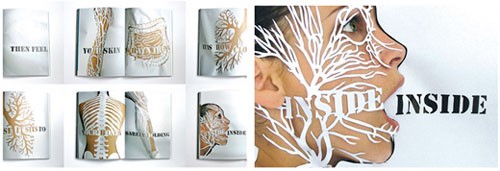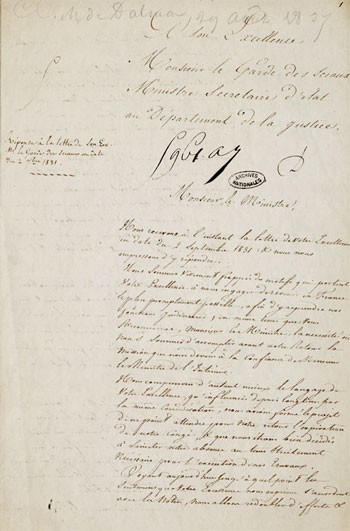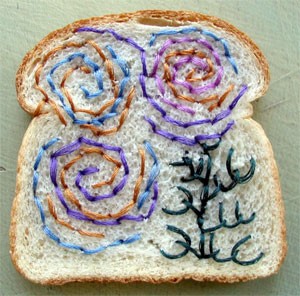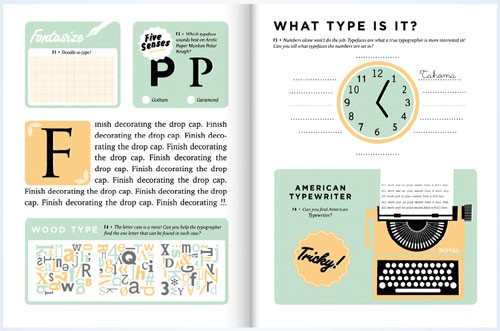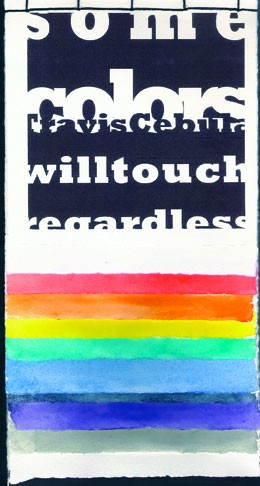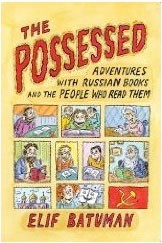 The Possessed is really a book about reading, rather than bookmaking, but since it’s the start of summer, when I typically do most of my reading, I thought I’d mention this one as I thoroughly enjoyed it. The subtitle is “Adventures with Russian Books and the People Who Read Them” and it’s a collection of essays by Elif Bautman on her graduate studies in Russian literature. It’s part memoir, travelogue and literary critique, as she learns Russian and Uzbek, travels to exotic but dreary Samarkand, and recounts her many misadventures. The Russian literature I read in high school and college was so full of angst that I was a bit hesitant about this book before starting in, but the essays are so funny and engaging that I may just have to tackle Anna Karenina again!
The Possessed is really a book about reading, rather than bookmaking, but since it’s the start of summer, when I typically do most of my reading, I thought I’d mention this one as I thoroughly enjoyed it. The subtitle is “Adventures with Russian Books and the People Who Read Them” and it’s a collection of essays by Elif Bautman on her graduate studies in Russian literature. It’s part memoir, travelogue and literary critique, as she learns Russian and Uzbek, travels to exotic but dreary Samarkand, and recounts her many misadventures. The Russian literature I read in high school and college was so full of angst that I was a bit hesitant about this book before starting in, but the essays are so funny and engaging that I may just have to tackle Anna Karenina again!

